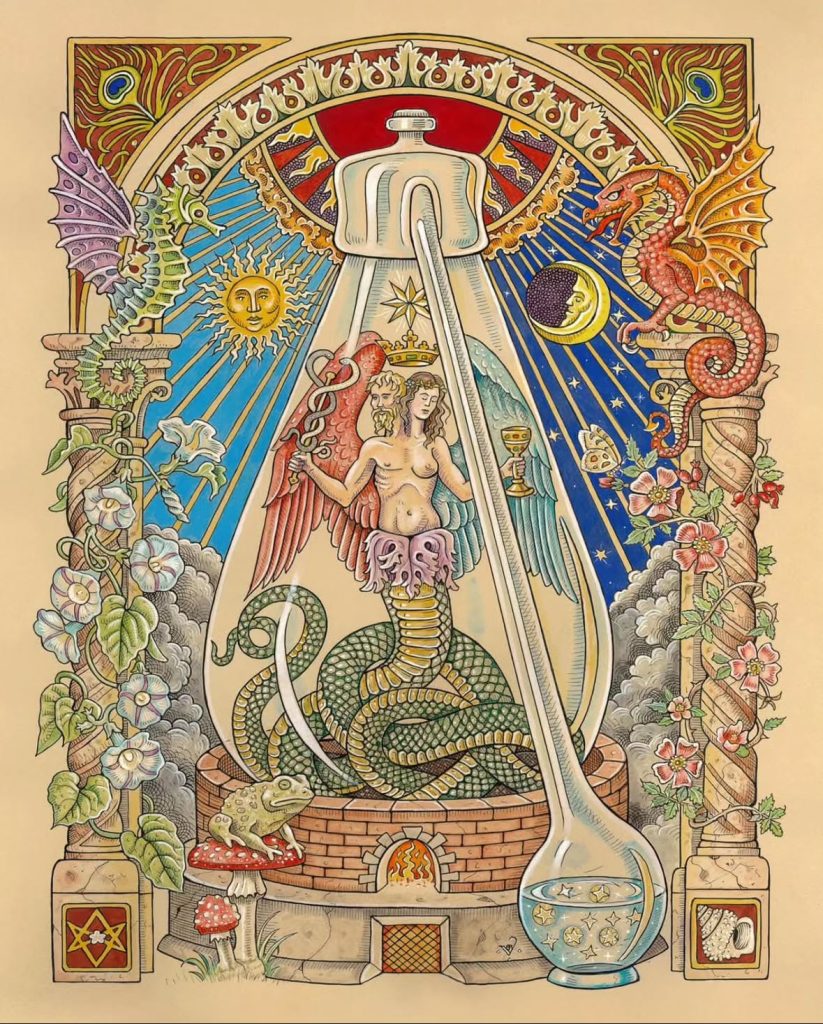
Alchemy is the art of transmutation, with the age-old legend of turning base metals into gold capturing the imagination of many. However, this material interpretation is a veiled metaphor—a cipher for those uninitiated into the deeper mysteries. Many alchemists devoted their lives to uncovering a physical formula, seeking to transform matter into gold, only to overlook the true essence of the work.
For those initiated into the heart of alchemy, the deeper meaning unfolds. The “base metal” represents the dense, unrefined aspects of ourselves—the physical, emotional, and mental states that weigh us down. These elements are essential for engaging with the world, but they often trap our life force in a loop of sensory perceptions, limiting our awareness and creating the illusion of reality as fixed and unchangeable.
The goal has always been the same. Alchemy, like any other mystical path, seeks to understand the same essence, to reach the same source of knowledge, and to follow the same light.
Spiritual alchemy offers a path to break free. By observing nature and studying its rhythms, the alchemist discovers that all things—from the densest elements like osmium to the lightest like hydrogen—are different expressions of the same life force. Nature becomes the ultimate teacher, revealing that the polarities we experience in life—light and dark, chaos and order, stillness and motion—are not opposites but two conditions of the same energy. These conditions are not fixed; they can be changed, transcended, and rebalanced.
This process applies to both our inner and outer worlds, as they reflect one another. Through this understanding, the alchemist begins to develop practices to harmonize the physical body and elevate emotional and mental states. By doing so, the lower self is gradually transformed into its higher expression—a radiant, balanced state of being often symbolized as the golden light of spiritual realization.